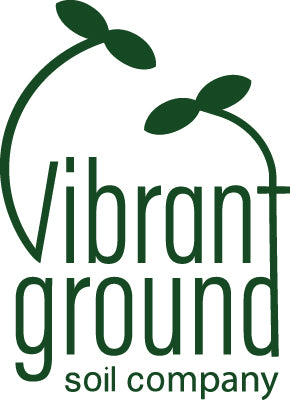About Us
What drives us:
We are a group of very different characters who have made it our mission to make gardening in living soil possible for many people.
sustainability
We want to contribute to climate protection through sustainable cultivation methods. Therefore, we question the production of raw materials, their transport routes, and their beneficial effects on the soil system.
Efficiency
For us, only soil that also produces high yields is truly sustainable. Because soil cultivation takes energy and time. Therefore, we pursue a science-based approach that allows us to monitor the efficiency of our substrates through data collection.
simplicity
Sustainability and efficiency are combined in a system that's easy to use. This simplicity leads to easier success and, in turn, saves resources such as time and money.
consistency
Through regular laboratory tests, we ensure the consistent quality of our substrates. Since we produce exclusively in-house, we have control over all production steps.
Quality
All substrates and amendments we offer, as well as all accessories in our shop, have been tested and quality checked by us. We are firmly against cheap products and a throwaway society!
Our history
In addition to training in commercial and landscape gardening, we have over 20 years of experience in cannabis cultivation.
We have tried all cultivation methods and discovered that organic fertilization on living soil is the simplest and most sustainable method with the best results.
Due to the poor quality of previously available products, we began producing our own substrate mixes in 2011 and initially only tested them in practice. After countless hours on the internet and several specialist books on substrate preparation and soil science, followed by a Living Soil Management training in 2019 with the most successful consultants in the US cannabis industry, we learned all the interrelationships of the soil nutrient web according to Dr. Elaine Ingham, the essential role of calcium and mineral balance according to Dr. Albrecht, as well as how to conduct and evaluate mineral and biological soil analyses.
This training has enabled us to gain deeper insights into the processes of a living soil and, based on this, to now offer a substrate that has exceptional biological diversity and mineral balance, thus delivering high performance.
We would like to expand on this experience and knowledge and share it with others. This will enable more people to garden organically and sustainably and produce high yields of outstanding quality.

Tobias Schäffler
